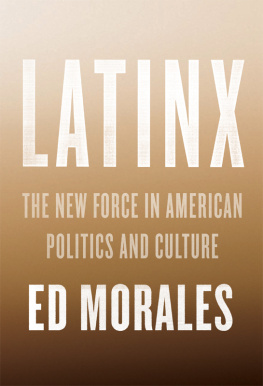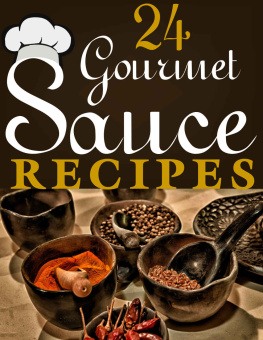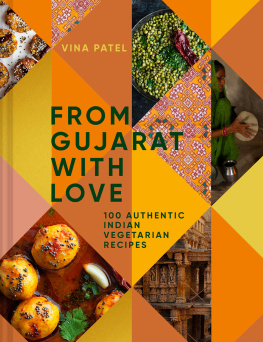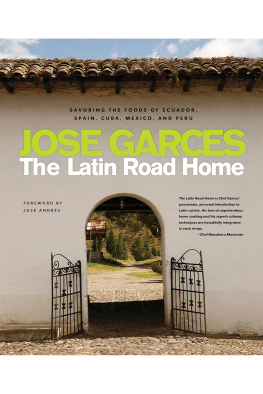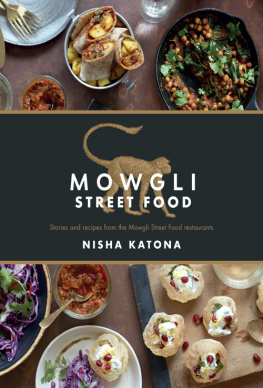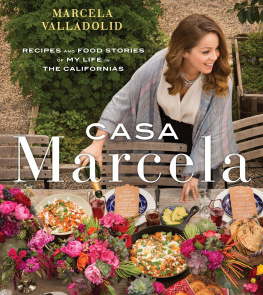To the hard-working picanteras and chefs in traditional restaurants in the Andes of Peru, and to the brilliant Vitelio Reyes, Ana Velazquez and Miguel Arbe who have contributed greatly to this book with recipes. To Raquel de Oliveira and all our family at Andina and Casita Andina, and to my amazing wife Lucy and kids Felix and Otilia, whose support and love make every day so special.
Publishing Director: Sarah Lavelle
Creative Director: Helen Lewis
Designer: Dave Brown (apeinc.co.uk)
Project Editor: Judy Barratt
Recipe Editor: Catherine Phipps
Studio Recipe Photographer: David Loftus
Reportage Photographer: Dave Brown (davebrownphoto.com)
Food Stylist: Pip Spence
Prop Stylist: Vic Allen
Calligrapher and Map Illustrator: Sarah Locher
Story Illustrator: Shila Acosta
Production: Vincent Smith and Tom Moore
First published in 2017 by Quadrille Publishing,
Pentagon House, 5254 Southwark Street, London SE1 1UN
www.quadrille.co.uk
Quadrille is an imprint of Hardie Grant
www.hardiegrant.com.au
Text 2017 Martin Morales
Design and layout 2017 Quadrille Publishing
Copyright of studio recipe photography: 2017 David Loftus
Copyright of photograph of Martin Morales: Luisa Drr
Copyright of restaurant photographs: Natalie Dinham (top right and bottom left) and Paul Winch-Furness (top left and bottom right)
All other photography 2017 Dave Brown
The rights of the author have been asserted. All rights reserved. No part of this book shall be reproduced, stored in a retrieval system, or transmitted by any means electronic, mechanical, photocopying, recording, or otherwise without written permission from the publisher.
Cataloguing in Publication Data: a catalogue record for this book is available from the British Library.
eISBN: 978-1-78713-198-9
Notes on the recipes
Unless otherwise specified, use:
Medium free-range or organic eggs
Fresh herbs
Medium-sized vegetables
Whole-fat dairy products
Unwaxed lemons
Salted butter
Medium-heat red chillies are chillies such as red serenade or caldero.
For a speedier alternative to panca and amarillo chilli pastes and to rocoto pepper paste, try PK Peruvian Kitchen Sauces. More .
A list of of Andina ingredients appears.
Source organic, free-range meat whenever you can, and use fish from sustainable sources.
Oven temperatures are for a fan-assisted oven.
Use metric or imperial measurements, not a mixture of the two.
CONTENTS
WHY ANDINA?
Even though I grew up in the coastal city of Lima, with its culinary influences coming from all four corners of Peru and from immigrants from as far as Spain, Italy, Africa, China and Japan, reminders of my Andina heritage were all around me as a child. My great aunts (with whom I stayed at weekends) and their cooking, the food parcels Mamita Naty would send me every month, and the Andina traditions we followed in Lima built for me a cultural landscape that was alive and fascinating. The more I experienced it, the more I fell in love with it. Despite enjoying and learning about the different aspects of Peruvian food, I always returned to the centre, the starting point, the most ancient aspect of our cuisine. Thats Andina cuisine. So for me, Andina is a world full of food and stories too precious to remain unspoken; it is la cocina Andina, the cuisine of the Andes, the heart of Peruvian food.
Andina cuisine is always perfectly balanced and seasonal. If its summer, Andina cooking offers us the lightest and zestiest dishes; if its winter, the dishes are warming, hearty and filling. Using ingredients that are both seasonal and local, and a wide variety of ancient cooking techniques, this cuisine is built upon respect for the environment, the land and its people. As the highly respected Peruvian sociologist and gastronomy writer Isabel lvarez says, This is not fashionable food, this is food from thousands of years ago. Since ancient times it has been organic, nose-to-tail eating, from field to table with zero waste. In this way, ancient it might be, but it is also progressive.
Andina cooking is a perfect example of how a cuisine can evolve and adapt. Some ingredients, dishes and drinks date back thousands of years; others immigrants brought with them within the last five centuries. But there are others, such as recipes we have created in our restaurants and for this book, that might be a matter of only years or months old. The book includes examples of all these, ultimately harking back to the energy and creativity of the real stars of Peruvian cuisine: the picanteras, the generations of Andina women chefs, who are the purveyors of the great flavours and techniques that are so unique to my countrys gastronomy.
Its easy to fall into the trap of thinking that the more complicated or elaborate we make something, the better it will be. Often, all we need is something simple. For me, Andina cuisine offers that perspective. For the last 30 years, I have travelled the length and breadth of the Andes researching ingredients, tasting traditional recipes and spending time with the picanteras. I have eaten in their picanteras and in hundreds of other wonderful restaurants high in the Andes. Their dishes shy away from complexity and over-preparation. They are practical and economical, and yet they deliver a vast array of flavour.
I share something very personal with the picanteras. Many lost their mothers at a young age and had to find a trade, feed themselves and their siblings and learn that special seasoning touch, which in Peru we call sazn. So did I. When my mother moved out when I was ten years old, I was left to cook for my dad and sister. I cant live without eating great food; I crave deliciousness, ideally in good company. Now, like so many Andina women I admire, I work in restaurants spending my days feeding beautiful, wholesome food to happy, hungry people.
REGIONAL COOKING IN THE ANDES
The Andes spans seven South American countries: Peru, Bolivia, Ecuador, Argentina, Chile, Colombia and Venezuela. The Peruvian Andes alone is made up of eleven different , each with its own traditional cuisine with ancient and modern influences, as well as its own geography, flora, fauna, climate and cultural identity.
In the Andes, generation after generation, people have communicated through music, dance, rituals and, above all, through food and drink. There is no significant activity that does not involve food: from weddings to saints celebrations, births to deaths, festivals to indigenous rituals. Celebration and ritual food might be slightly more complex, using techniques that can take a little longer, but day-to-day cooking is practical, quick and nutritious: starters are soups and broths and a main is usually a



